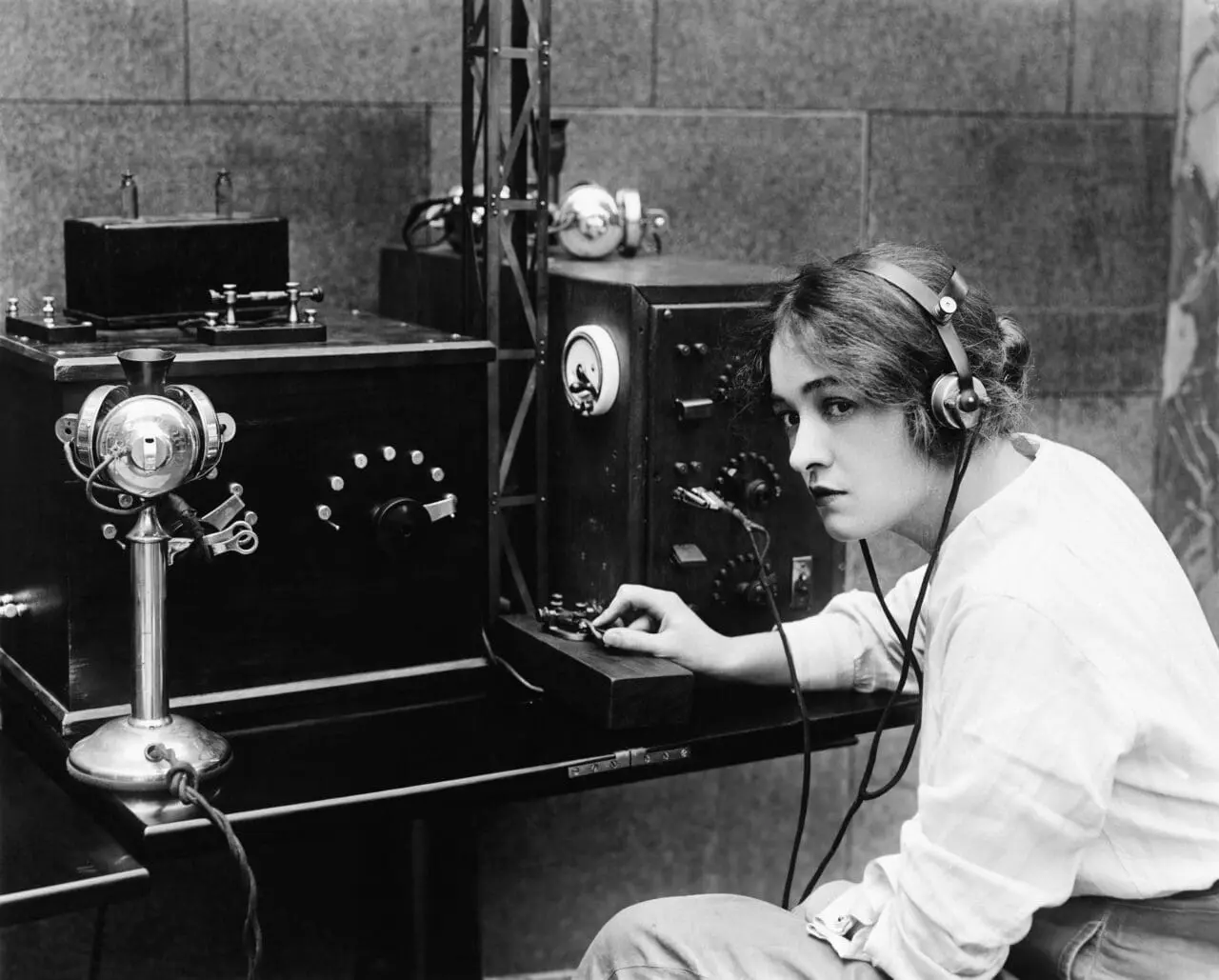

The invention of telegraphy in the 1830s revolutionized communication, allowing for the first time ever to send messages over long distances via electrical signals. By 1844, Samuel Morse had successfully run a telegraph line between Washington, DC and Baltimore, Maryland. This marked the beginning of a new era in communication that would soon expand throughout the world. As technology advanced, so too did our ability to communicate quickly across long distances. The invention of commercial telegraphs in 1867 made it possible for people to send messages by using coded electrical pulses sent along wire.
These messages could then be received by a telegraph operator on the other end who would decode them and forward the message to its intended recipient. This new technology enabled people to communicate faster than ever before, making international business deals, sending urgent news, and receiving quick replies easier than ever before. A significant historical event that showcased how transformative this technology was occurred in 1911 when a commercial telegram sent from the Times Square in New York circled the world and returned to its sender. This event highlighted how far communication technologies had come in such a short time and paved the way for modern communications today.
Before the invention of telegraphy, international communication relied entirely on physical transportation of letters and messages, often taking weeks or even months to reach its recipient. Telegraphy changed that by providing a way to send messages instantly over long distances through electricity. This revolutionized the world of communication as well as international business and politics.
The telegraph was first adopted in Europe during the 1840s with France being one of the earliest adopters. By 1851, telegraph lines were set up throughout the European continent allowing for faster communication between distant cities and towns. The United States followed in Europe’s footsteps soon after with the construction of a large network of transcontinental telegraphs by 1866. This allowed messages to be sent from the East Coast to the West Coast in less than a day.
In the 1870s, several countries around the world began to adopt telegraphy and soon it had spread to almost every corner of the globe. By the 1900s, many nations had their own national networks for sending messages as well as international lines connecting different countries. This allowed for even faster communication between distant places and made it possible for people to stay in touch with loved ones around the world.
In the late 1800s, New York was a busy metropolis with an abundance of businesses and residents exchanging telegrams from all over the city. One noteworthy example of this communication was when the Times newspaper sent a commercial telegram from its headquarters in Times Square to San Francisco on August 20th, 1911. This message was sent via a transcontinental telegraph line and made its way back eastward to the Times’ New York office mere minutes later – confirming that the system could indeed work over vast distances.
The success of this experiment marked an important milestone in telecommunications history as it showed how much the technology had evolved from its original Morse-code roots. It also demonstrated that it was possible to send telegrams around the world in a matter of seconds, allowing people to stay connected no matter where they were. This message sent from Times Square still stands as a testament to how far communication technologies have come in just over a century and continues to be an inspiration for modern telecommunications companies around the world.
In the early 1900s, wireless telegraphy was developed as an alternative to traditional wired systems. This technology enabled messages to be sent without the need for physical wires, allowing them to reach even further distances than before. The invention of wireless telegraphy quickly grew in popularity and was used by both the military and private citizens for a variety of different purposes.
One of the most important uses for wireless telegraphy was its ability to send messages across oceans, allowing people to communicate with each other no matter how far apart they were. This technology also had a major impact on society as it enabled people to stay connected in ways not possible before. With the help of wireless telegraphy, news and other information could be quickly spread around the world, creating a more informed and interconnected global community.
With the invention of wireless telegraphy in the early 1900s, long distance communications became much more convenient and reliable than ever before. This technology enabled messages to be sent across oceans with ease, allowing for instant communication across great distances. As this technology continued to develop, so did the adoption of other long-distance communication technologies such as the telephone, radio and television.
These new forms of communication enabled people to stay in touch with each other no matter where they were located. This had a profound effect on society, allowing for the sharing of ideas and news between distant countries in ways not possible before. As these technologies advanced, so did the speed of communication, enabling people to stay connected almost instantaneously.
The invention of telegraphy revolutionized how people communicated with each other across long distances. Those who developed the early versions of this technology helped shape how we communicate today. Over time these inventors continued to make improvements on the existing technology, allowing for even faster transmission speeds as well as greater reliability.
The pioneers of early telegraphs also helped shape the course of modern-day telecommunications and international relations. Their inventions made it possible for nations all over the world to communicate with each other in ways never before imagined. This breakthrough enabled governments to send diplomatic messages quickly and effectively, allowing for better collaboration between nations.
With the invention of long-distance communication technologies such as telegraphy, radio and television, people were able to stay connected with each other no matter where they were located. This allowed for the sharing of news and ideas on a global scale, something not possible before.
The ability to communicate with each other across great distances has had a huge impact on how we interact with each other today. With the help of modern telecommunications such as the internet, people are now able to stay connected and share information in ways never before imagined. This form of communication has enabled us to build bridges between cultures, allowing us to better understand and interact with people from all over the world.
On August 20th 1911, a message was sent via telegraphy from Times Square in New York City and received back just minutes later at its point of origin. This demonstration of the power of long-distance communication technology made a huge impact on society, showing just how far telecommunications had come since its invention in the early 1900s.
The Times Square telegram also showed how this technology could be used to bridge great distances and allow people to stay connected even if they were not physically close to each other. This message continues to be an inspiration for modern telecommunications companies around the world, showing just how far we’ve come in just over a century.
The technologies that enabled us to stay connected with each other across great distances have been around for centuries. Early versions of these technologies such as telegraphy were revolutionary in their own right, but they have continued to evolve ever since.
Modern telecommunications companies are now able to take advantage of these older technologies while also adding their own innovations and advancements. This has allowed us to stay connected with each other in ways not previously possible. Thanks to the wonders of modern technology, we now have access to a wealth of communication options, ranging from social media and messaging apps to video conferencing and virtual reality.
The development of these technologies over the years has enabled us to stay connected with each other in ways never before imagined, from across town or even around the world. This makes it easier than ever for us to collaborate and share information with others, no matter where they may be.

This website uses cookies to improve your experience. Choose what you're happy with.
Required for the site to function and can't be switched off.
Help us improve the website. Turn on if you agree.
Used for ads and personalisation. Turn on if you agree.
This website uses cookies to improve your experience. Choose what you're happy with.
Required for the site to function and can't be switched off.
Help us improve the website. Turn on if you agree.
Used for ads and personalisation. Turn on if you agree.